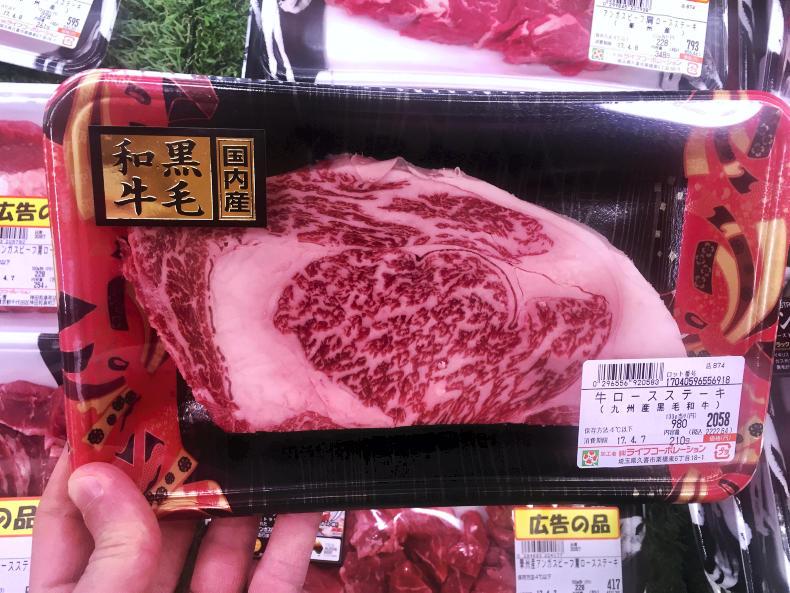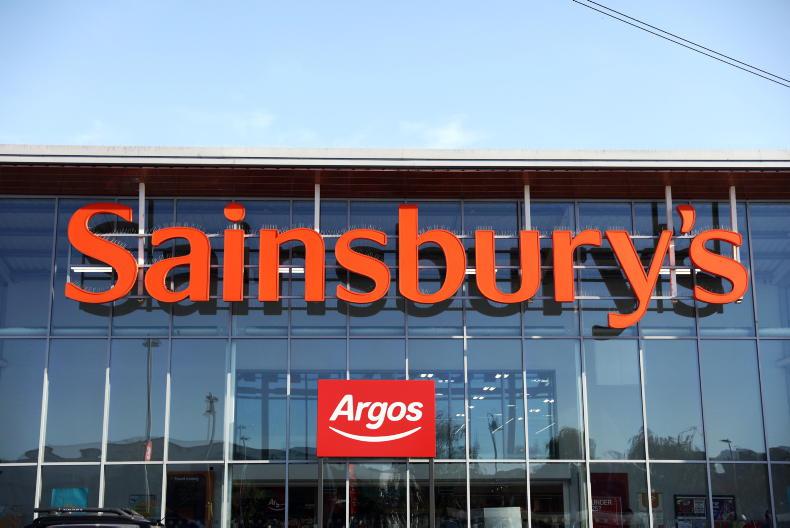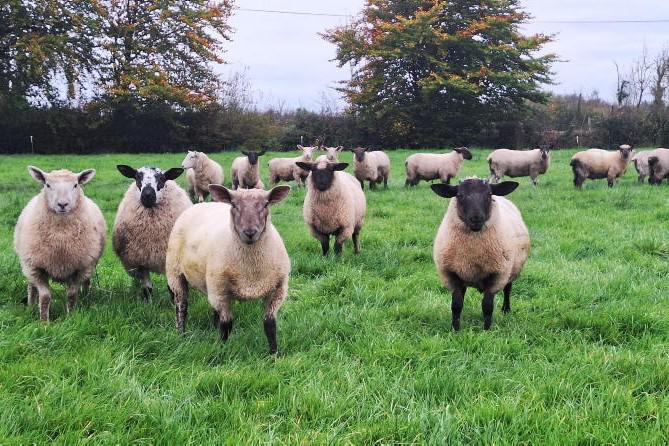Leaving the EU frees up the opportunity to change how we grade cattle and sheep. To this end AHDB, QMS and HCC are looking at the pros and cons of changing the system for cattle which has been in place since the 1970s. AHDB is seeking industry advice on whether our grading system should be changed.
The EUROP grid allows for price comparison across Europe and rewards farmers for higher yielding animals with recognition to the level of fat. Additional bonuses are offered on breed and sometimes production type but there is no reward for parameters such as marbling, tenderness or animal diet. Since the EUROP grid’s inception, beef production in the UK has changed to fit the grades which offer the most reward, with more continental breeds giving higher-yielding carcases.
Since the 1970s, significant technological advances have been made, such as the E+V Video Image Analysis (VIA), which demonstrates that things have moved on but transition can be painful. This was just replacing the human eye with a computer using the same grading parameters.
However, initially it caused significant concern from farmers with some feeling that the machine lacked consistency.
Grades can make or break a farmer’s profit line and any change to the system will seriously affect beef businesses. Nevertheless, this is an opportunity to gear the industry in a new direction.
USA
The US Department of Agriculture (USDA) uses a marbling score (MS) as one of its main quality criteria, in combination with age/maturity and type/sex of the animal. The system was initially set up in 1926 to determine the value of the beef off a carcase rather than the anticipated beef eating quality.
The USDA carcase grading service assesses the degree of intramuscular fat or marbling of the M. longissimus dorsi at the 12-13th rib, 24 hours post-slaughter.
The system used in the US also established a reference point for several key parameters, including type of animal (except for bulls which are not eligible for classification), maturity, sex and marbling level. Post-slaughter-line chiller assessment by a USDA-certified grader, following ribbing, allocates a quality grade to the carcase, reflecting the degree of marbling and maturity, and a yield grade, based on degree of carcase fat and carcase weight.
Interestingly, the consumers have a degree of understanding of the marbling in the meat with the four grades prime, choice, select and standard.
Australia
Australia has spent a considerable amount of time and money in creating its beef grading system. It is probably the most advanced and complicated system in the world. Historically, the grading was led by export demand for high conformation, age and fat cover but has evolved into the AUS-MEAT standards over the last 30 years. The current standards use the key components of sex, dentition, weight and fat. Additional parameters were added such as ossification levels and marbling, as well as pre-slaughter factors such as degree of Bos indicus genetics, use of hormone growth implants and post-slaughter treatments, hanging methods and pH/temperature decline. It is a complicated system which is designed to estimate a range of eating-quality experiences. The consumer is offered a straightforward choice of just three grades – 3* good every day, 4* better than every day and 5*premium.
South Africa
The South African system is fairly straightforward, using age through dentition along with sex, weight, fat class and conformation. It is recognised that this does not reward tender meat more than tough meat.
South America
Brazil, Uruguay, Argentina and Chile all have similar grading systems. These are based around yield, sex, age and maturity. Each country puts its own emphasis on the importance of each parameter apart from yield, which is similarly important to all. Here we also see individual meat companies using their own in-house grading system to reward different carcases. This is done to ensure they are getting the cattle which best suit their market, which is particularly important for exporters. Schemes such as certified Angus are of particular importance.
Japan
The Japanese consumer is one of the most discerning the world. The quality demanded is very high but so are the prices. Processors grade carcases on marbling, colour, brightness, firmness and texture. Further similar assessments are made of fat to give a combined quality grade from 1 to 5. A yield grade is also used based on rib-eye area and weight, together with a further assessment of carcase damage such as bruising or inflammation.
AHDB seeks your view
AHDB is seeking industry views on if we should move away from the EUROP grid post-Brexit. If you would like to feed in email carcase@ahdb.org.uk by Friday 8 September.













SHARING OPTIONS